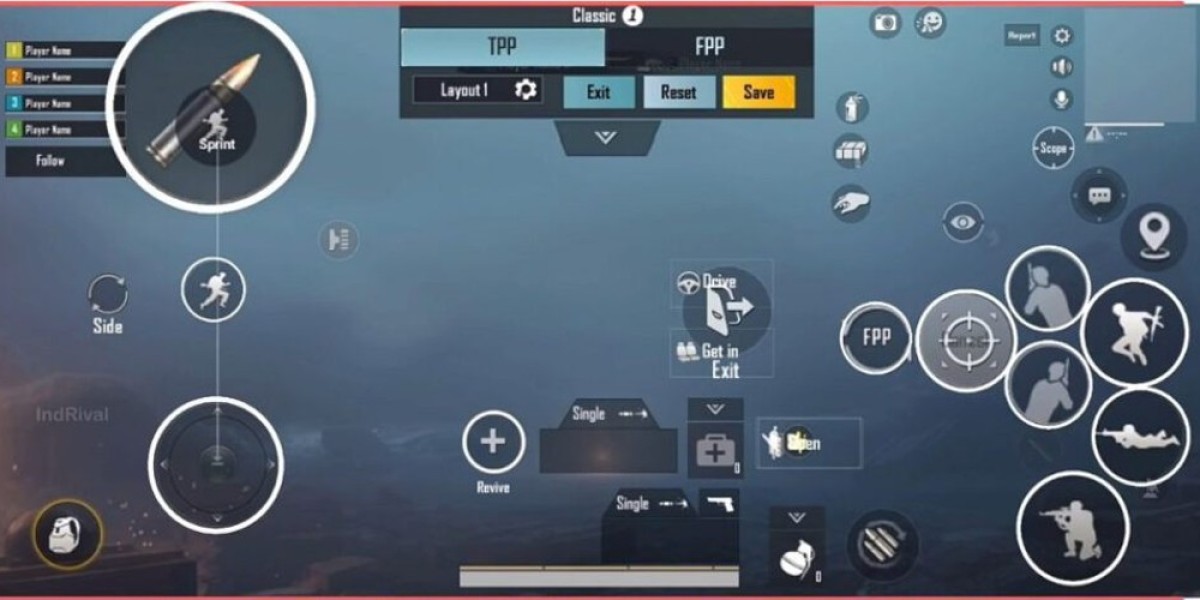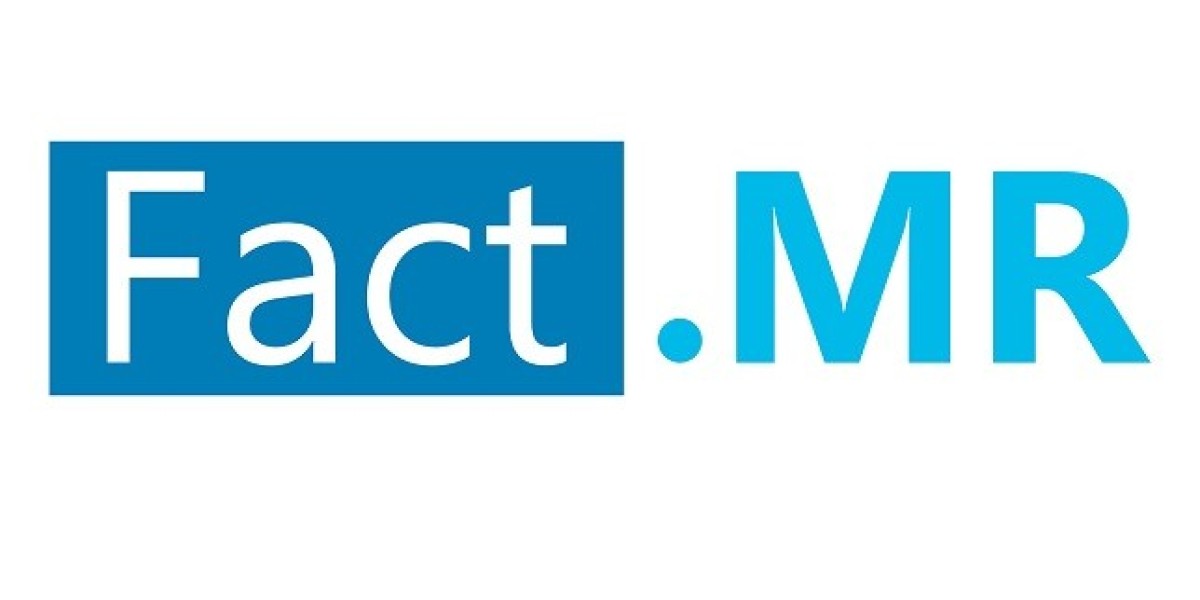To address this tricky question, let’s first break it down. Engineering cooling unit are a crucial component in maintaining optimal operating conditions in industrial and engineering environments. Whether it’s a power plant, a manufacturing facility, or a data center, cooling units ensure that the machinery, electronics, and other sensitive components do not overheat, which could lead to catastrophic failure. However, these cooling units often face inefficiencies, particularly during peak load conditions, where the demand for cooling reaches its highest levels. Understanding why this happens and how to address it without the drastic step of redesigning the entire system is both a challenge and an opportunity for improvement.
Why Inefficiencies Occur During Peak Load Conditions
1. System Overload and Heat Saturation: One of the most common reasons engineering cooling units experience inefficiency during peak load conditions is due to system overload and heat saturation. When the workload is increased, especially in environments where equipment is pushed to maximum capacity, the cooling unit has to work much harder to dissipate heat. This creates a scenario where the heat generation exceeds the cooling unit’s designed capacity, causing inefficiencies. The cooling unit may start cycling more frequently, running longer, or even experience increased wear and tear.
For instance, in a manufacturing plant where several machines are working at full capacity, the cooling unit is expected to remove the heat generated by these machines. If the amount of heat produced is more than what the cooling unit is designed to handle, its cooling efficiency drops, leading to temperature fluctuations, reduced cooling effectiveness, and even possible downtime.
2. Poor Airflow Distribution: Another reason for inefficiency is poor airflow distribution. In many engineering cooling systems, the design is optimized for average load conditions. During peak loads, heat buildup can occur in certain areas, while others remain cool. This uneven distribution of airflow can result in localized overheating. The system may work harder to compensate for these hot spots, which adds strain on the cooling unit.
Imagine a data center where cooling fans are installed to regulate temperatures across hundreds of servers. If the airflow is not properly balanced, certain racks may receive less cool air, causing those servers to heat up. This forces the cooling system to work harder, even though only certain parts of the system are under strain.
3. Thermal Lag: Thermal lag is another phenomenon contributing to inefficiency. During peak loads, the system may be generating more heat than the cooling unit can immediately handle. The result is a delay or lag in the system's ability to cool the space down effectively. As temperatures rise, it takes longer for the cooling unit to bring them back to acceptable levels, which creates a compounding effect where the cooling unit struggles to catch up with the heat load.
4. Fouling and Maintenance Issues: Cooling units, especially those relying on water or air as the cooling medium, can suffer from fouling or blockages in the heat exchangers, radiators, or air filters. Over time, dirt, debris, or mineral deposits build up, reducing the system's ability to transfer heat effectively. This problem becomes more pronounced during peak load conditions when the cooling unit is already operating close to its capacity. These maintenance issues lead to lower efficiency, as the cooling unit has to work harder to achieve the same cooling effect.
5. Equipment Age and Efficiency Decline: Older cooling units may struggle with inefficiencies as their components wear down over time. For example, compressor units might become less effective, fan motors may lose their speed, and seals may start to deteriorate. These issues reduce the overall efficiency of the cooling unit, particularly during peak loads when the system is under the most stress.
Addressing Inefficiencies Without Redesigning the System
Given these challenges, the goal is to enhance the performance of the engineering cooling unit during peak load conditions without the need for a complete system redesign. Here are several strategies to address these inefficiencies:
1. Implement Advanced Controls and Monitoring Systems: One of the most effective ways to improve the performance of an existing cooling unit is to integrate advanced control and monitoring systems. By using sensors and real-time monitoring, the cooling unit can be optimized for dynamic load conditions. For example, a system that monitors temperature fluctuations across different areas can adjust the cooling distribution more effectively, directing cooling capacity to areas with higher heat loads.
In data centers, for instance, smart cooling management systems use sensors to adjust airflow and temperature in real-time, ensuring that no servers are overheated while preventing overcooling in areas that don't require it. These systems can prevent inefficiency by tailoring the cooling response to actual needs rather than using a fixed cooling output across the entire space.
2. Enhance Airflow Management: Improving the airflow management within the system can address inefficiencies related to poor distribution of cooling. Techniques such as using variable-speed fans, installing better ducting systems, or even rearranging the layout of equipment to reduce hotspots can have a significant impact on cooling efficiency.
For example, by installing baffles or partitions in cooling chambers, airflow can be directed more precisely to areas where it is needed most. In addition, adopting hot aisle/cold aisle containment systems in data centers can help prevent the mixing of hot and cold air, ensuring that the cooling unit operates more efficiently during high demand.
3. Utilize Thermal Storage Systems: One innovative approach to managing peak load inefficiencies is to incorporate thermal storage into the system. Thermal storage allows the cooling unit to store excess cooling capacity during off-peak times and use it during peak loads. For example, chilled water or ice storage systems can absorb excess heat during peak periods, reducing the strain on the cooling unit and improving efficiency without the need for larger cooling equipment.
Thermal storage systems are commonly used in large-scale cooling operations such as district cooling plants or large commercial facilities, where the cooling demand varies throughout the day. This approach minimizes the load on the cooling unit during peak hours, thereby reducing inefficiencies.
4. Regular Maintenance and Cleaning: Maintenance plays a critical role in addressing inefficiencies, particularly in older systems. Ensuring that air filters, heat exchangers, and cooling towers are regularly cleaned and free from fouling is essential to maintaining optimal performance. Even minor blockages can significantly reduce the system's ability to transfer heat, particularly during peak load conditions.
In water-cooled systems, for instance, regularly cleaning the cooling towers and addressing any scaling or fouling in the heat exchangers can help maintain high efficiency even during times of increased demand.
5. Implement Load Shedding Strategies: Load shedding refers to intentionally reducing the workload on the cooling unit during peak load periods. This can be achieved by either lowering the ambient temperature slightly or temporarily reducing the heat load from machinery. For example, in industrial plants, non-essential equipment can be cycled off during peak periods, or operations can be staggered to avoid having all machines running at full capacity simultaneously.
By using load shedding strategies, the cooling unit can avoid being overwhelmed during peak periods, allowing it to maintain efficiency and prevent thermal lag.
Conclusion:
Engineering cooling units often face inefficiencies during peak load conditions due to factors such as system overload, poor airflow distribution, thermal lag, and maintenance issues. However, addressing these inefficiencies doesn't require a complete redesign. By leveraging advanced control systems, improving airflow management, utilizing thermal storage, maintaining regular system upkeep, and implementing load shedding strategies, it's possible to enhance the performance and efficiency of existing cooling units during high-demand periods. This approach not only improves the cooling unit’s effectiveness but also prolongs its operational life and reduces energy consumption, ultimately benefiting both the system and the facility as a whole.



